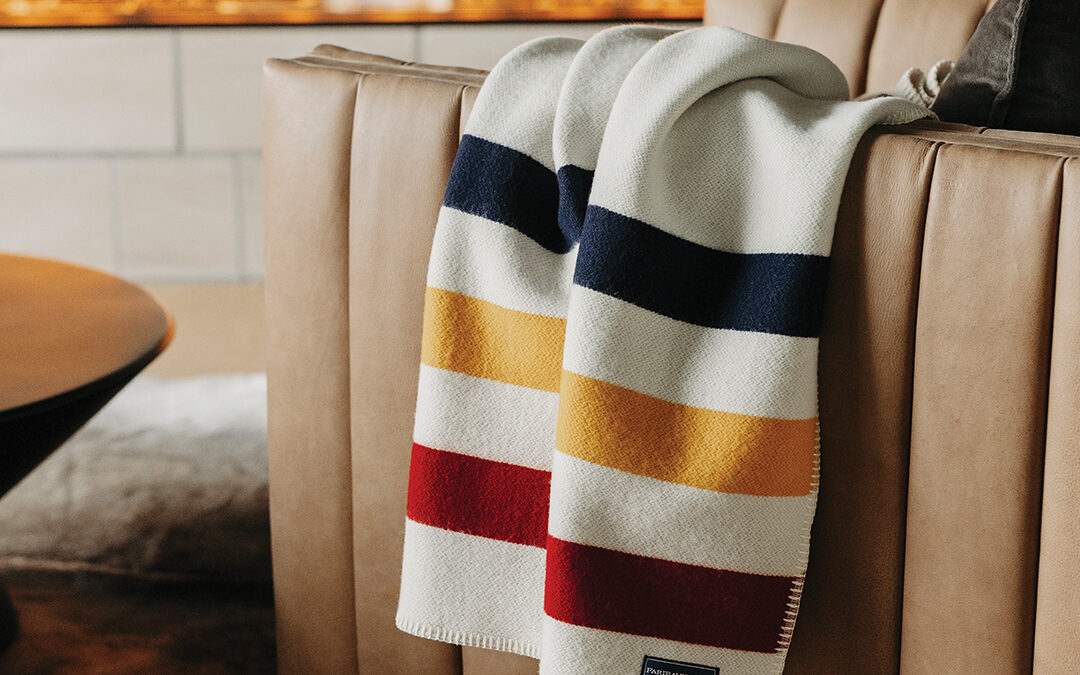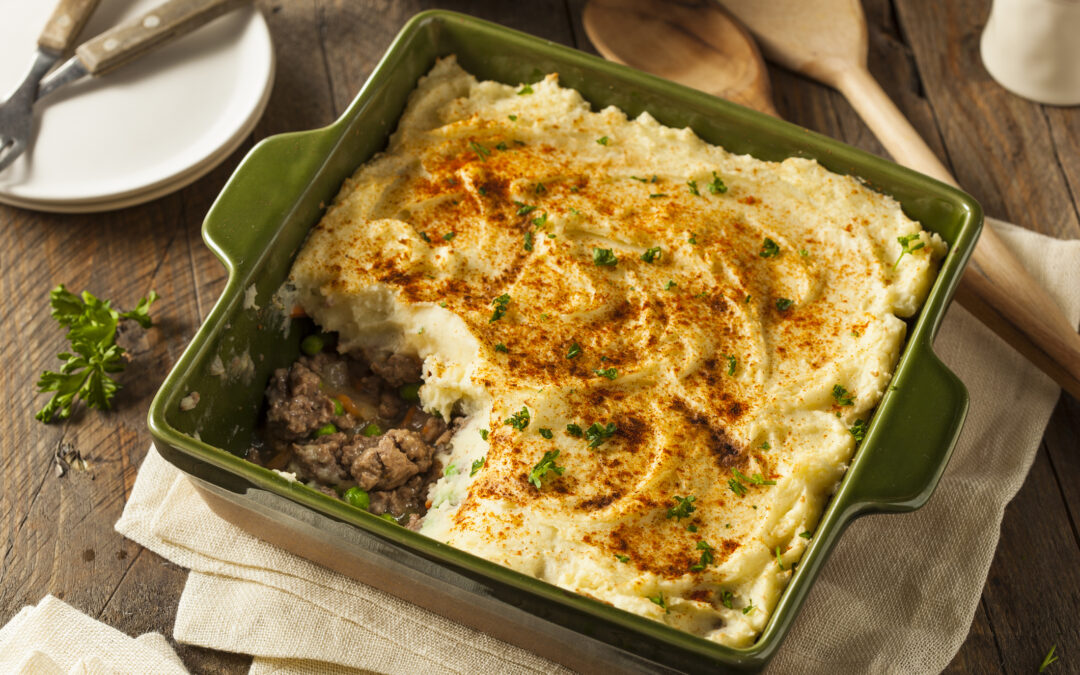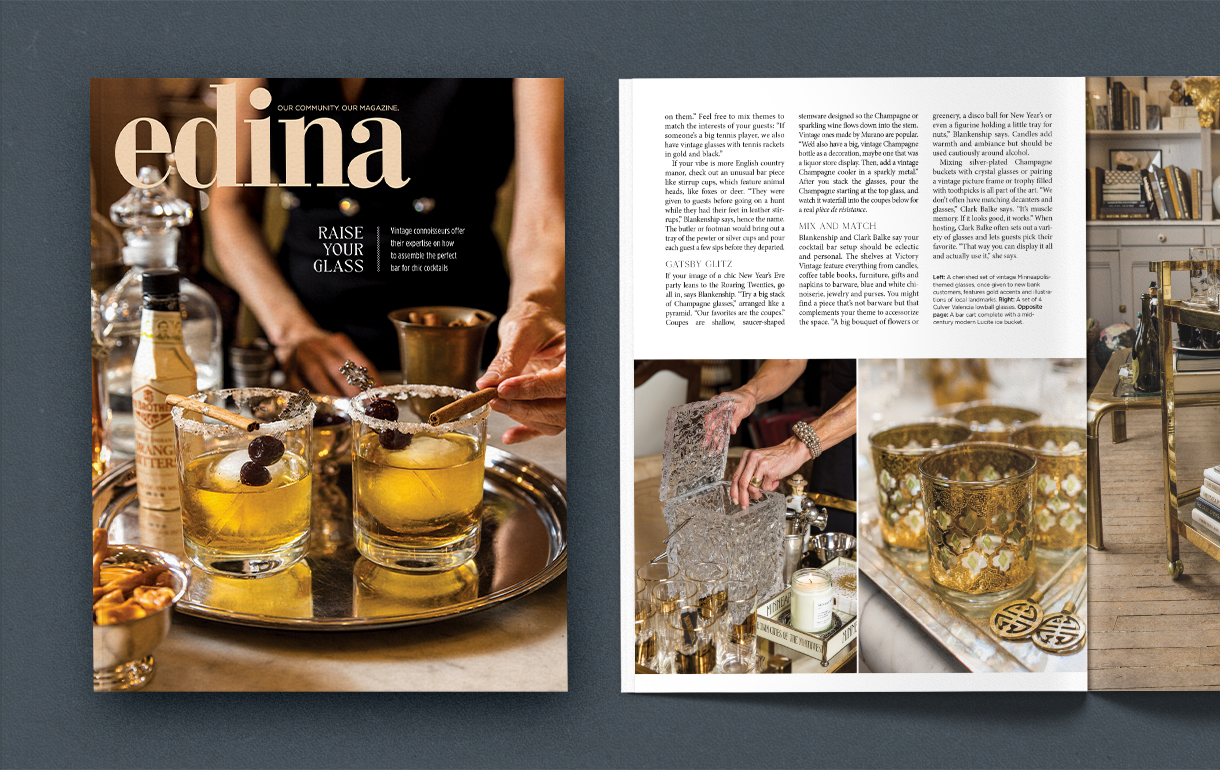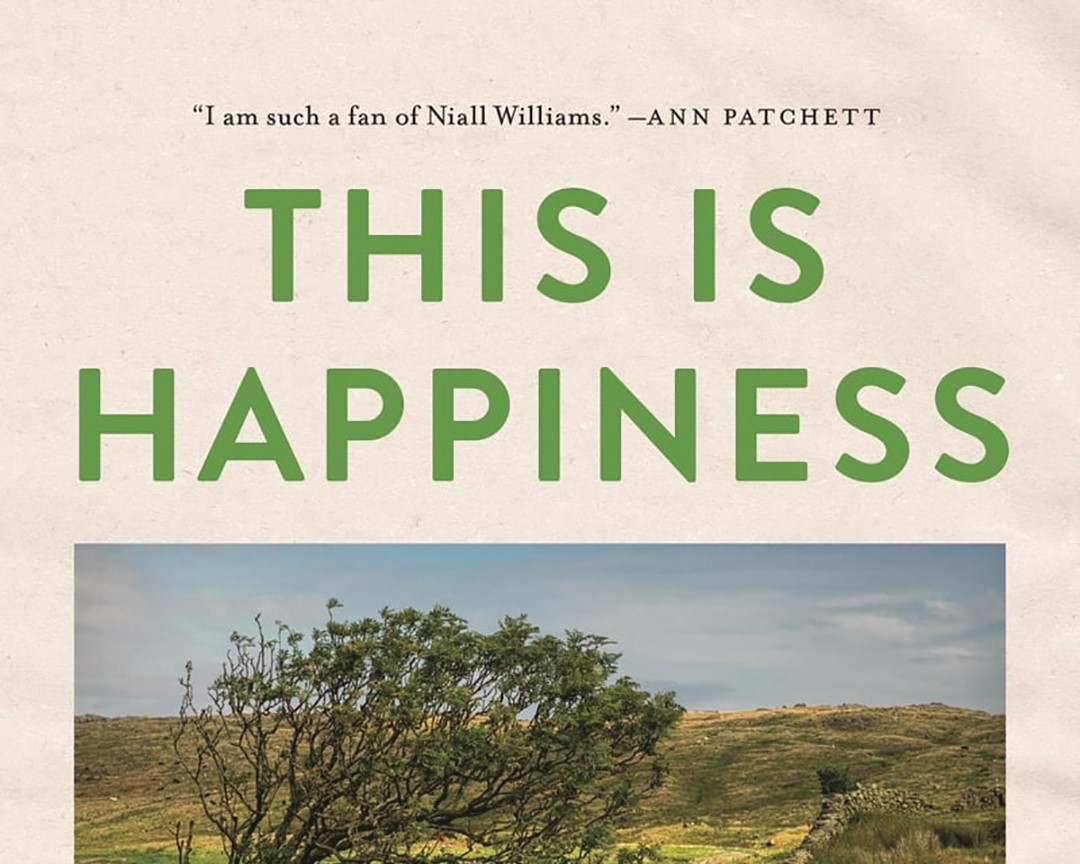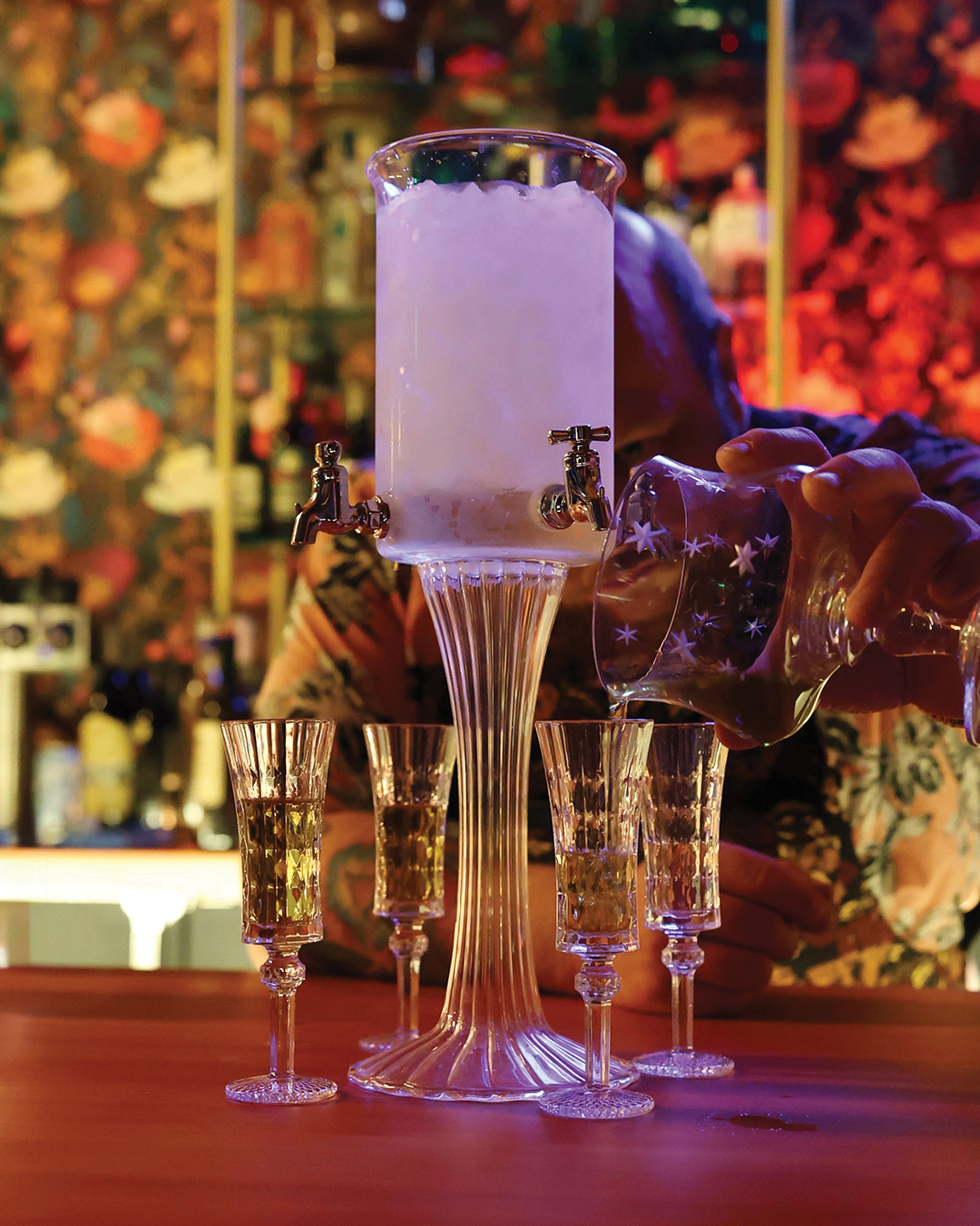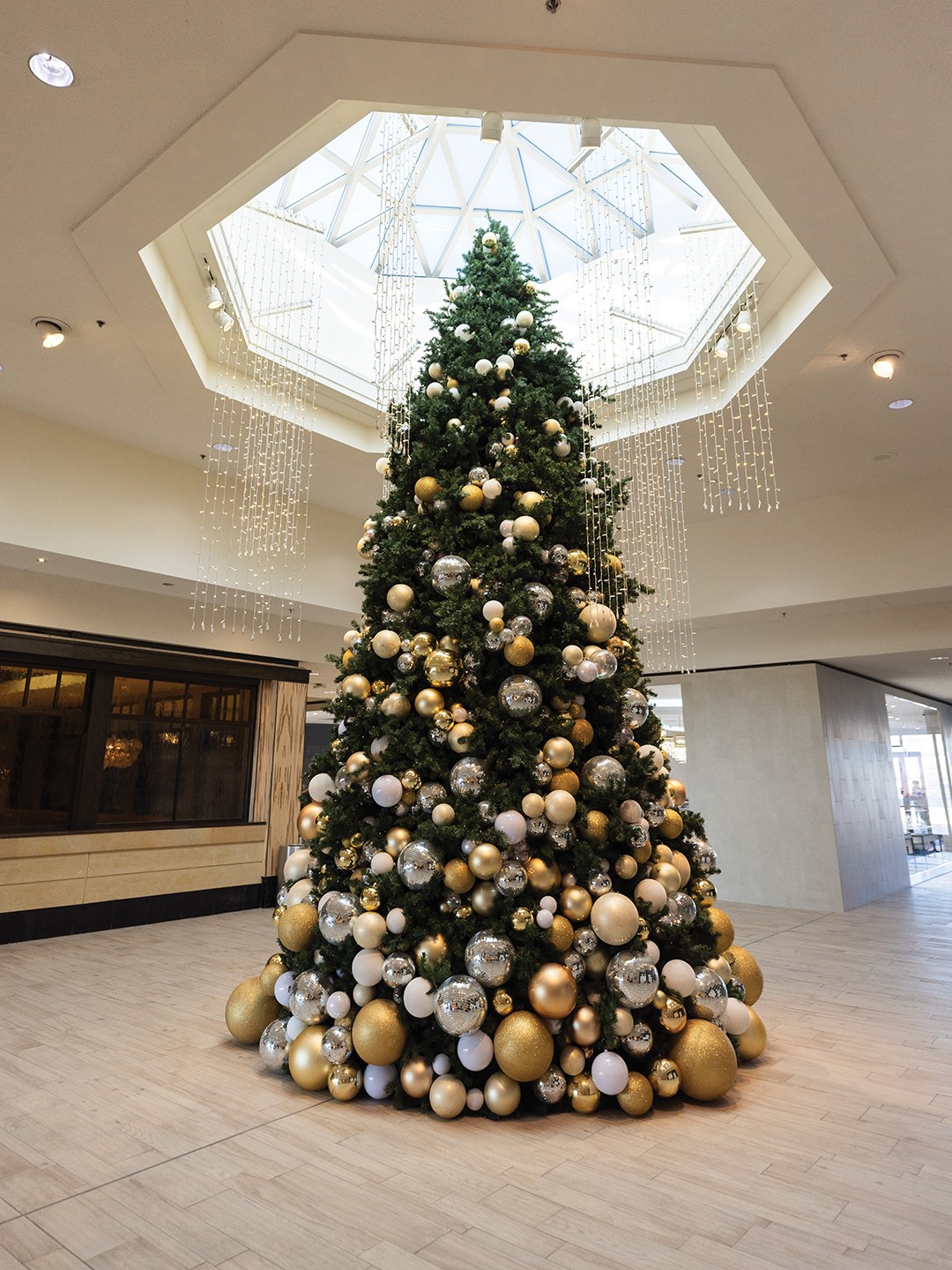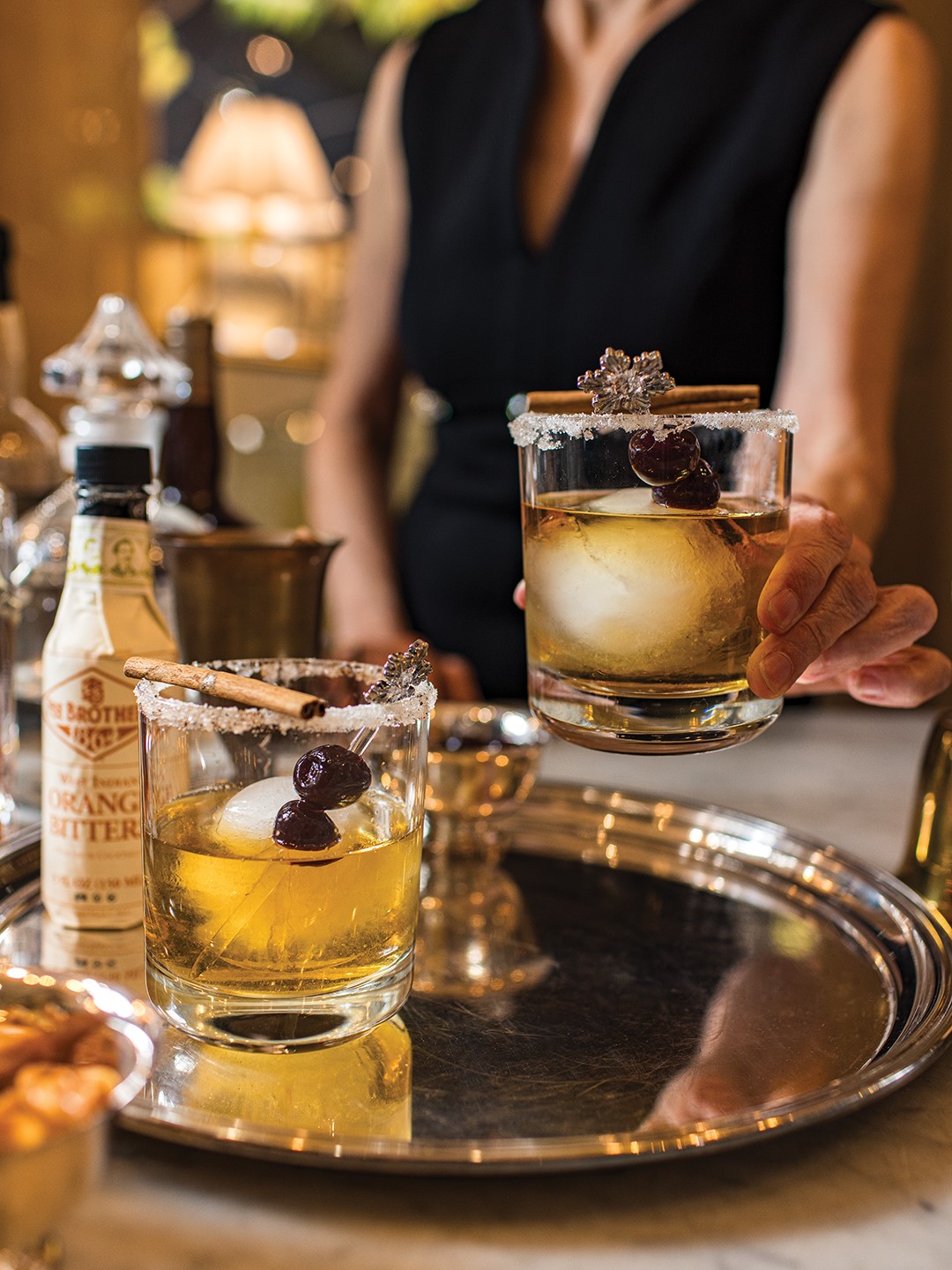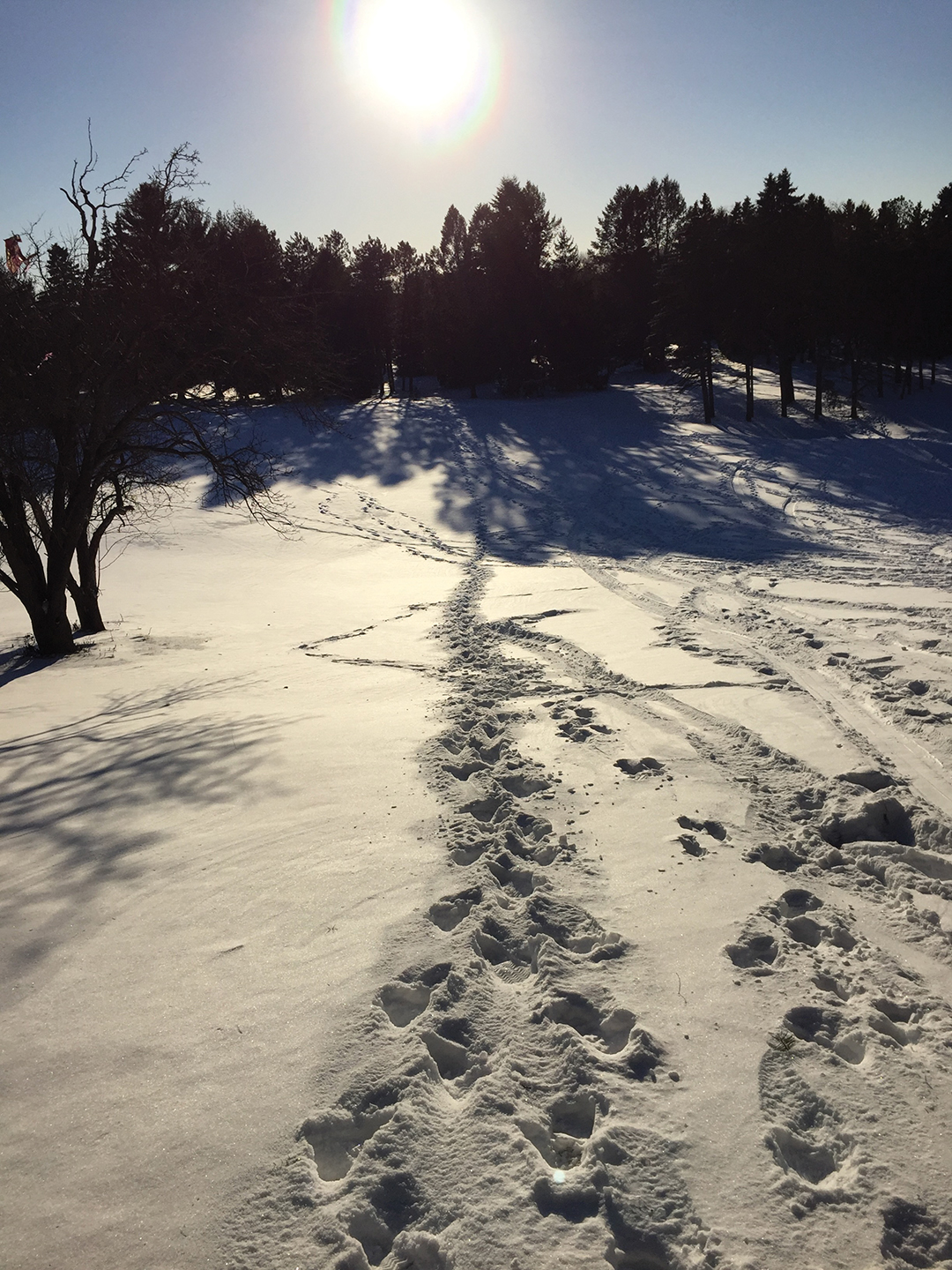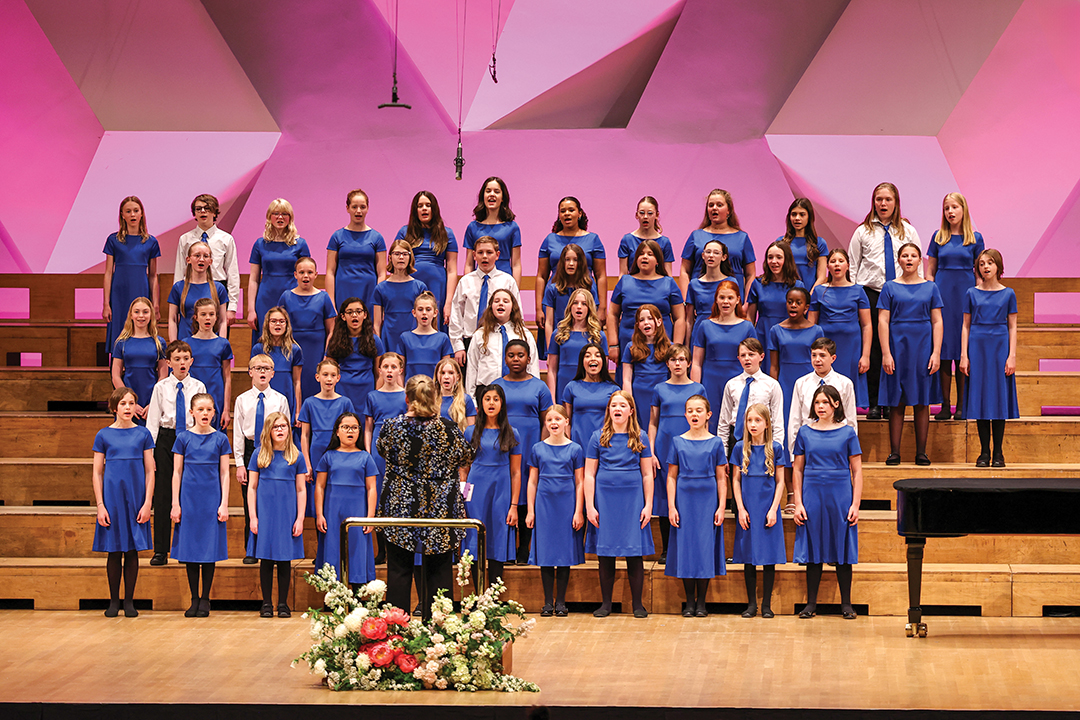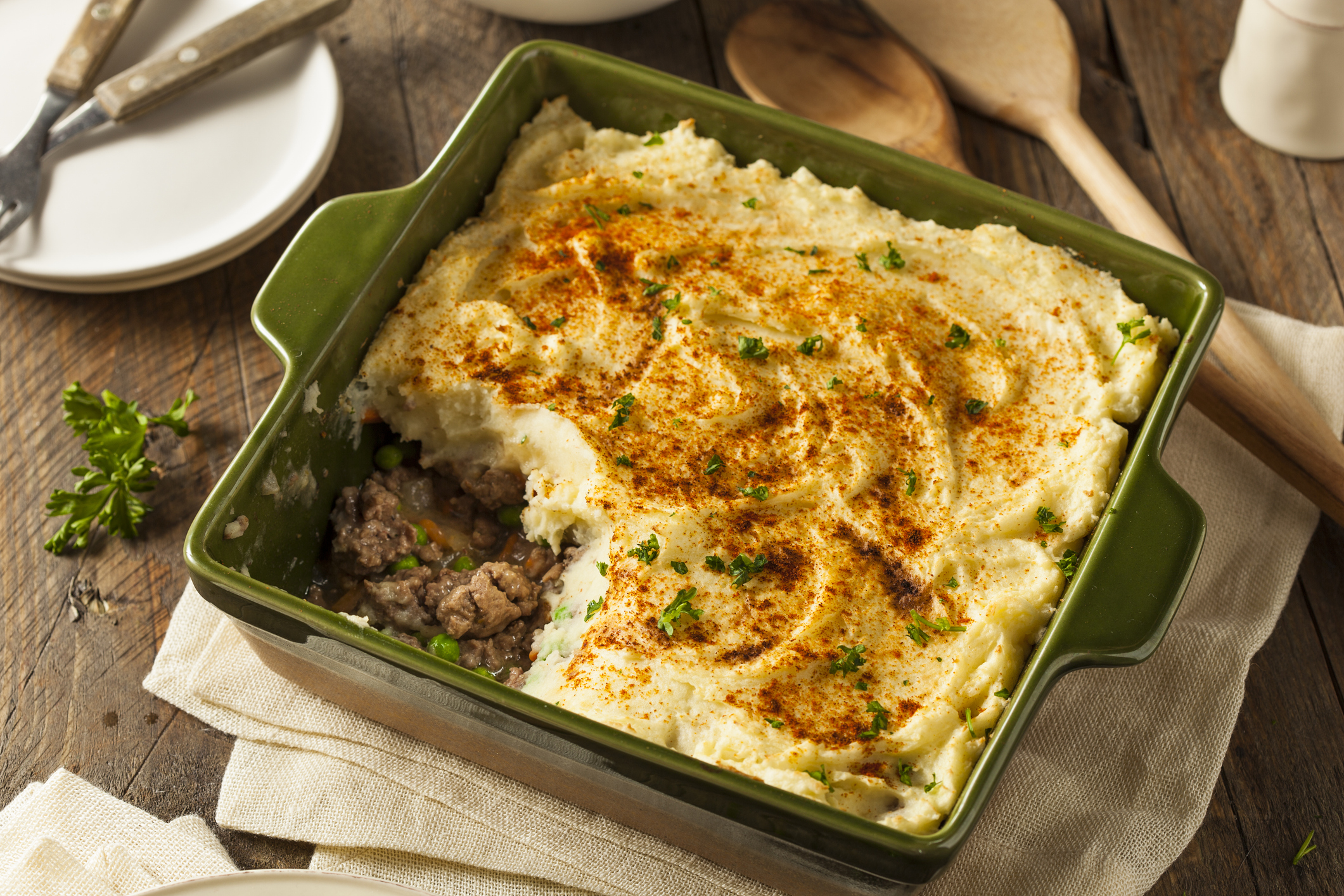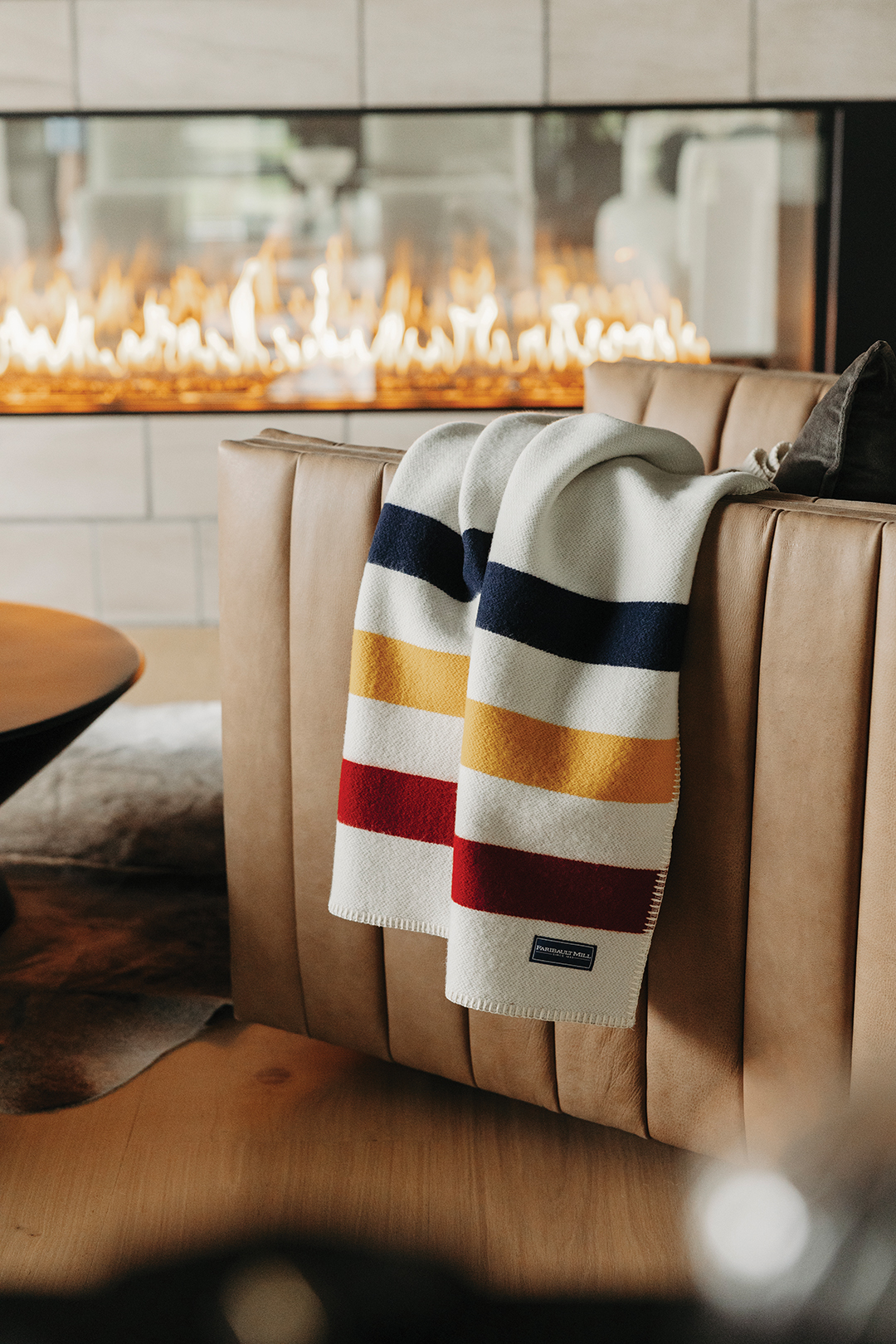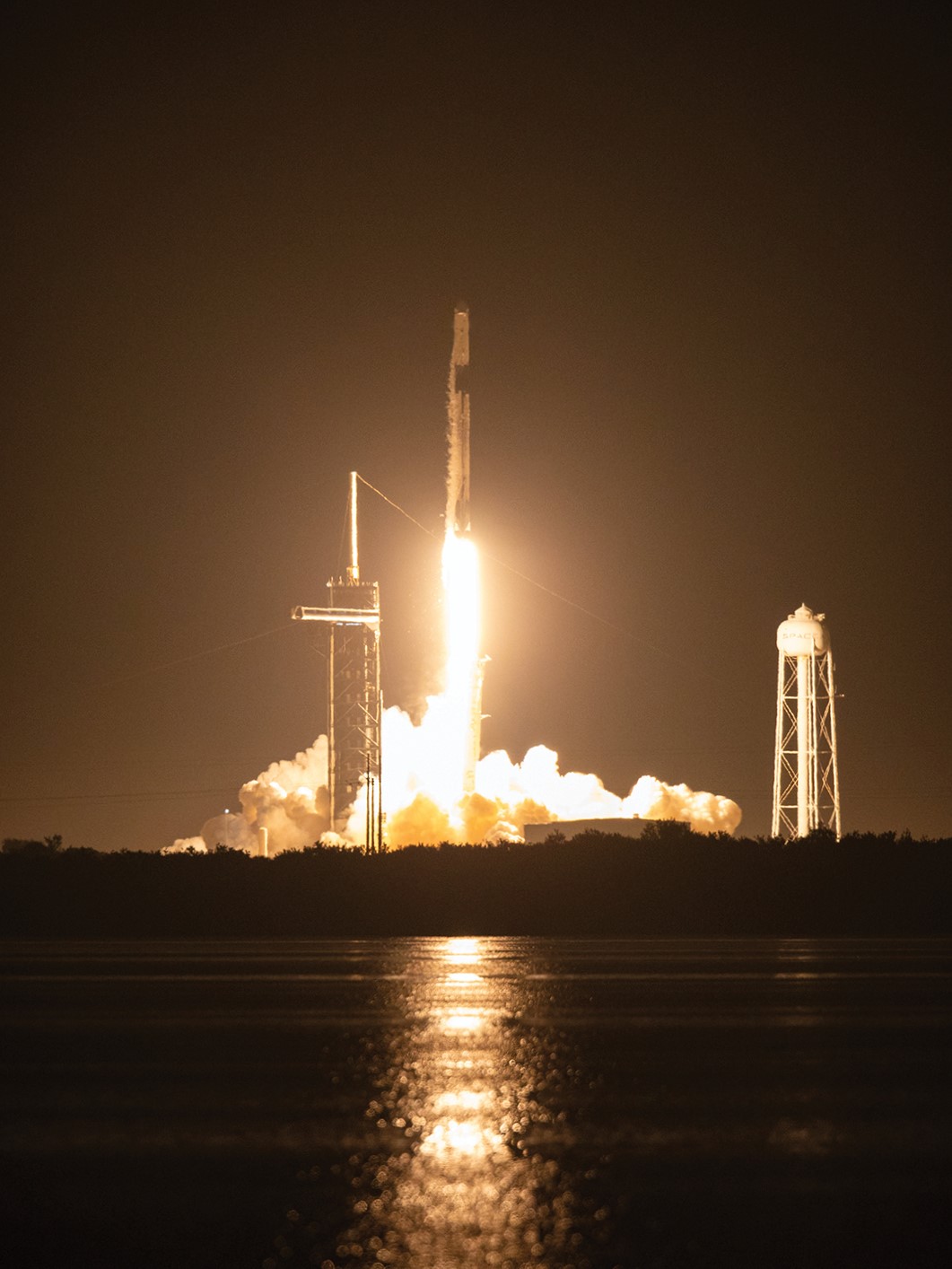
The SpaceX Falcon 9 rocket, carrying the Dragon spacecraft, lifts off from Launch Complex 39A at NASA’s Kennedy Space Center in Florida on November 9, 2023. Photo: Kim Shiflett, NASA
The Student Spaceflight Experiments Program is (literally) out of this world.
“I want to live on Mars,” Kaydence Chen announces abruptly and without jest. Kaydence may be young, but the fifth grader from Creek Valley Elementary School lives in a world where that possibility gets more probable each day, thanks in part to science experiments like the one her group designed last fall.
Kaydence, along with fellow group members Fallon Smith, Marit Western and Nithini Weerakkodi Arachchilage, had their experiment about raspberry growth in microgravity chosen to be conducted in space as part of the Student Spaceflight Experiments Program (SSEP). It was the second experiment selected from Edina since 2022 when the district became the first community in Minnesota to participate in the program.
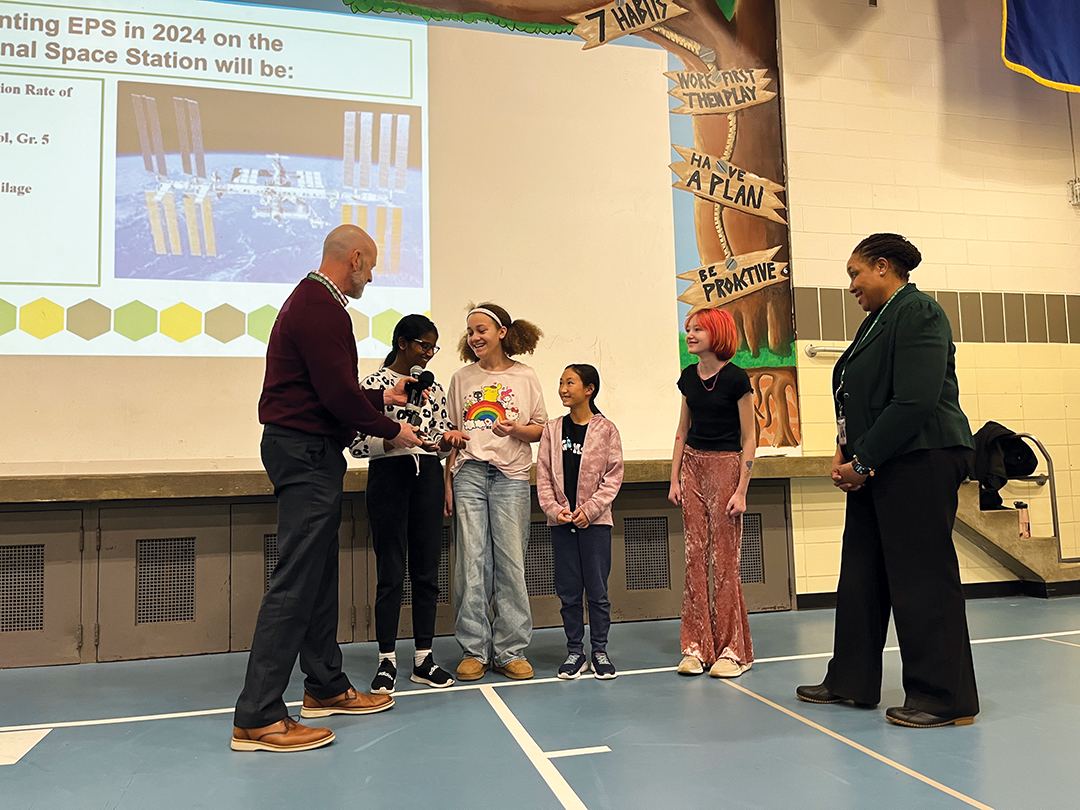
A surprise assembly was held to announce the SSEP winners at Creek Valley Elementary School in late 2023. From left to right: former assistant superintendent Randy Smasal, Nithini Weerakkodi Arachchilage, Fallon Smith, Kaydence Chen, Marit Western and superintendent Stacie Stanley. Photo: Edina Public Schools
Edina High School students Josh Cram, Colin Shaw and Grayson Irons had their project on mung bean growth in microgravity selected in 2022, with the actual experiment conducted during Mission 17 on the International Space Station in late 2023.
SSEP was launched by the National Center for Earth and Space Science Education in 2010. The program gives participating students in grades 5–12 a chance to “design and propose real microgravity experiments to fly in low Earth orbit.”
Each year, thousands of projects are submitted, but just one is selected from each of the participating communities.
The Raspberry Experiment
Cody Ellis introduced SSEP to his fifth graders last fall as part of a unit on space. Ellis says he set the stage by telling the kids that living on another planet could be a “real possibility” in the future. That led to their driving question for experiment design: What is an experiment that would benefit people living on another planet?
“It was a science project for the entire class to figure out what astronauts needed, what we would need to live in space,” Fallon says.
While other groups pondered the effect of microgravity on things like basil seed growth, concrete formation and the shelf life of nutritional yeast, Fallon’s group opted to focus on raspberries. “I noticed neighbors growing raspberries in their backyard,” Marit says, who went on to successfully suggest the idea to her group.
They liked the idea of studying raspberries because of the vitamins and nutrients they provide, so they proposed an experiment designed to test if raspberries would be able to germinate in microgravity.
“We had to do a lot of research on raspberries,” Kaydence says. For two months, the students worked on their proposal, studying raspberries and designing an experiment. They even had to come up with a mechanism that could both transport and conduct the experiment. The students chose a small tube with three sections that could hold the seeds, dirt and water necessary for germination along with acid to stop the plant growth at the experiment’s end.
The girls’ winning experiment was announced at a school assembly in the fall. “I was surprised,” Marit says.
“When we won, I was in a daze,” Kaydence says. “Our experiment is actually going to go into space.”
“It was improbable, but it did happen,” Fallon says.
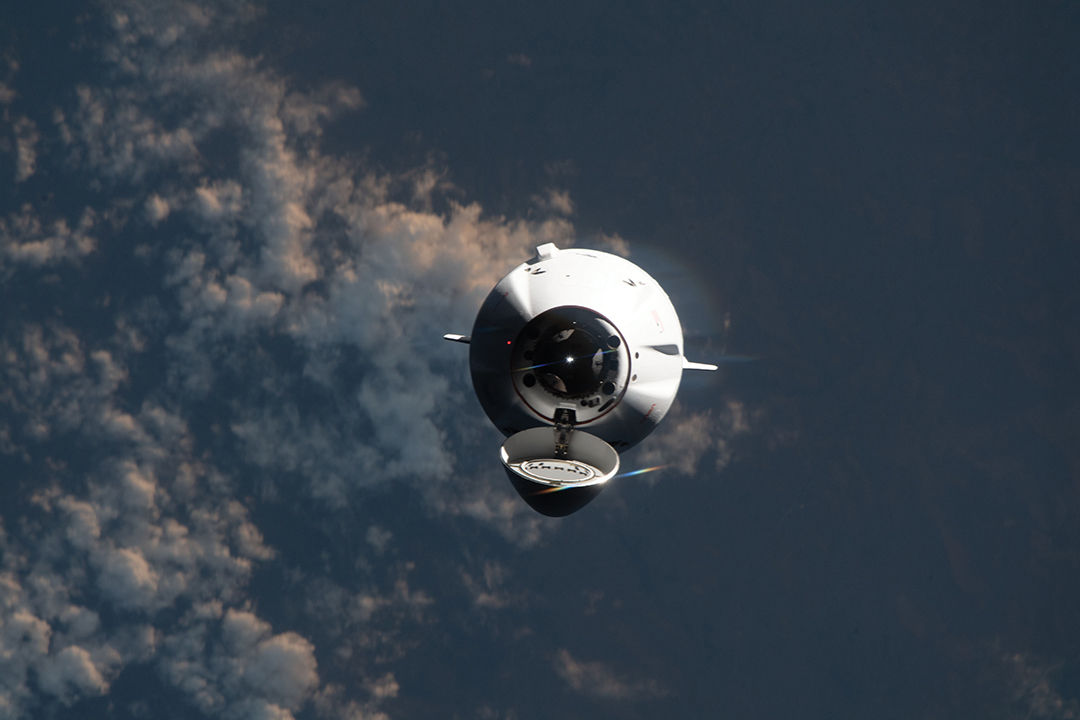
The SpaceX Dragon cargo craft approaches the International Space Station in November 2023, carrying an experiment created by Edina High School students. Photo: NASA
Ellis says that the simplicity of the experiment and the well-worded proposal were among the reasons the girls’ experiment stood out to the judges. “This group was able to come up with a well thought out plan, with materials that are completely possible to fit in the required space,” he says. “They did so by submitting a perfectly worded, grammatically correct proposal. When it was all said and done, it looked like it came from the high school.”
By the end of August, the girls’ experiment could be headed to space. Then, they should be able to interact with the astronauts conducting the experiment, ask questions and follow the progress while someone will be charged with germinating raspberry seeds on Earth.
The girls are all anxious to see how their experiment will fare in microgravity. Fallon wonders, “I think they will grow but how much compared to Earth?”
In the meantime, their win has brought plenty of well-deserved, positive attention to the school. “This group of bright, capable, motivated and hard-working girls is what our world needs now,” says Kari Dahlquist, former principal at Creek Valley Elementary. “Our future is hopeful with go-getters like them leading the way.”
“The sky is the limit—literally,” Ellis says. “I learned never to underestimate young minds, and that when given the right tools and the right opportunity, these kids can do great things.”
Does Gravity Affect the Germination Rate of Raspberry Seeds by Kaydence Chen, Fallon Smith, Marit Western and Nithini Weerakkodi Arachchilage, Creek Valley Elementary
We have decided to test the effect gravity has on raspberry germination. Raspberries have many benefits and positive effects on the human body like vitamins A, B6, C, E and K. They also contain potassium, iron and antioxidants and help manage diabetes, improve heart health and ease arthritis pain. Raspberries are easier to grow than other plants because they are fairly resistant to diseases and pests. If raspberries are able to germinate in microgravity, the astronauts on the ISS can benefit from [their] many nutrients. Our experiment is going to contain dirt (loam) and young seeds, water (spring water) and a growth inhibitor (abscisic acid). The growth inhibitor is going to stop the raspberries from germinating on the way down to Earth. We decided on loam because we researched and found that plants grow best in loam, which is a mixture of sand, silt and clay. We decided on young raspberry seeds because the age of the raspberry seeds significantly affected the germination rate. We also found that plants grow best with spring water or rain water. We decided on spring water because it is easier to buy. When the FME gets to the ISS the astronauts will unclamp clamp A and shake gently for 5 seconds to mix in the water from a separate compartment. Then two days before undocking the astronauts will open clamp B and shake gently to mix in the growth inhibitor.
The Mung Bean Experiment
Cram and Shaw know what the girls at Creek Valley Elementary School are going through. Their experiment on the effect of microgravity on mung bean growth was the first project selected from Edina to be conducted in space.
“When our experiment was selected, it was really cool,” says Shaw, who is heading into his sophomore year at Purdue University. “Knowing that something that we had thought of would travel so far away is crazy.”

Joshua Cram, Grayson Irons and Colin Shaw’s experiment looked at how roots grow in space. While astronauts conducted the experiment on the International Space Station, Irons simultaneaously ran the same experiment on Earth. They compared their results to see the difference between how roots grow on Earth and in space. This will help future astronauts and space colonists. Photo: Edina Public Schools
Cram and Shaw were seniors at Edina High School when they teamed up with now senior Grayson Irons to develop a project proposal for SSEP.
“We spent a fair amount of time during fall semester on the experiment,” says Cram, now a sophomore at Colorado School of Mines. “Experiments had to be small, done in a short amount of time and focused on microgravity.”
“We studied mung beans in biology the year before, so we were curious how would they grow without gravity,” Cram says. “What other factors take over? Would they grow in a straight line?”
The group reached out to Simon Gilroy, a professor at the University of Wisconsin-Madison with a special interest in how plants sense and respond to their environment and how these signals regulate plant development. “He gave us a burst of motivation, so we could go for the gold,” Cram says.
The team learned their experiment had been selected in December 2022. “We were all so happy,” Cram says. “It felt like our work paid off.”
Jodi Ramirez teaches engineering and computer science at the high school. “In the two years that I have been working with students on SSEP at Edina High School, I feel that the successful experiments are ones that are creative, not overly complicated, haven’t been done already and show that the students really have a vested interest in the experiment,” Ramirez says.
After being delayed twice, the high schoolers’ experiment finally launched from Kennedy Space Center on November 9, 2023, aboard SpaceX CRS-29. “I had a watch party with some of the friends I have made at college,” Shaw says. “It was really cool to have them support me with this project.” Cram also caught a live stream of the launch.
Once the experiment began, Irons was charged with conducting a parallel experiment on Earth to compare with the space station version. When the experiment returned, Irons was also responsible for analyzing the data.
“Something that I am personally excited for is how the 3D printed shell we designed held up,” Shaw says. “With a rocket’s acceleration so high, we had to account for structural integrity … I want to see how the patterns we used held up.”
As an electrical engineer major, Shaw says things he learned working on SSEP have already given him a leg up at college. “One thing Edina does really well is the STEM classes,” he says. “I noticed in a lot of my classes they are teaching me things I was taught at Edina.”
That’s music to Ramirez’s ears. Through this project, she wants students to get excited about learning, whether it’s about space or more simply, the experiment process on a real, hands-on level. So far, so good. “Overall, their passion for space and the scientific experiment process has grown significantly,” she says.
Bean Root Growth in Microgravity by Josh Cram, Grayson Irons and Colin Shaw, Edina High School
In this experiment, two mung beans will be germinated on the ISS, and their root growth will be compared to identical plants grown on Earth to see the effects of zero gravity and a lack of light. Because the main factors of plant root growth are gravitropism (gravity) and phototropism (light), it would be interesting to see how plants grow without either of those factors. The hypothesis for this experiment is that other factors, such as hydrotropism (water) and thigmotropism (growth around obstacles), will have more of an effect than usual, as well as the orientation of the beans. This experiment will help people learn more about how plants grow in a zero-gravity environment.


